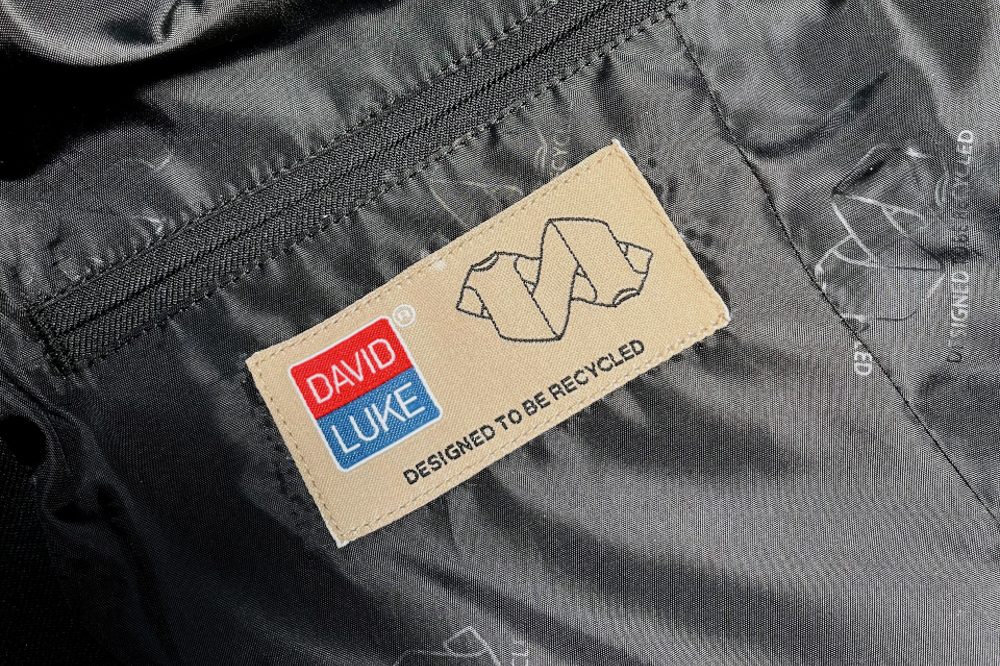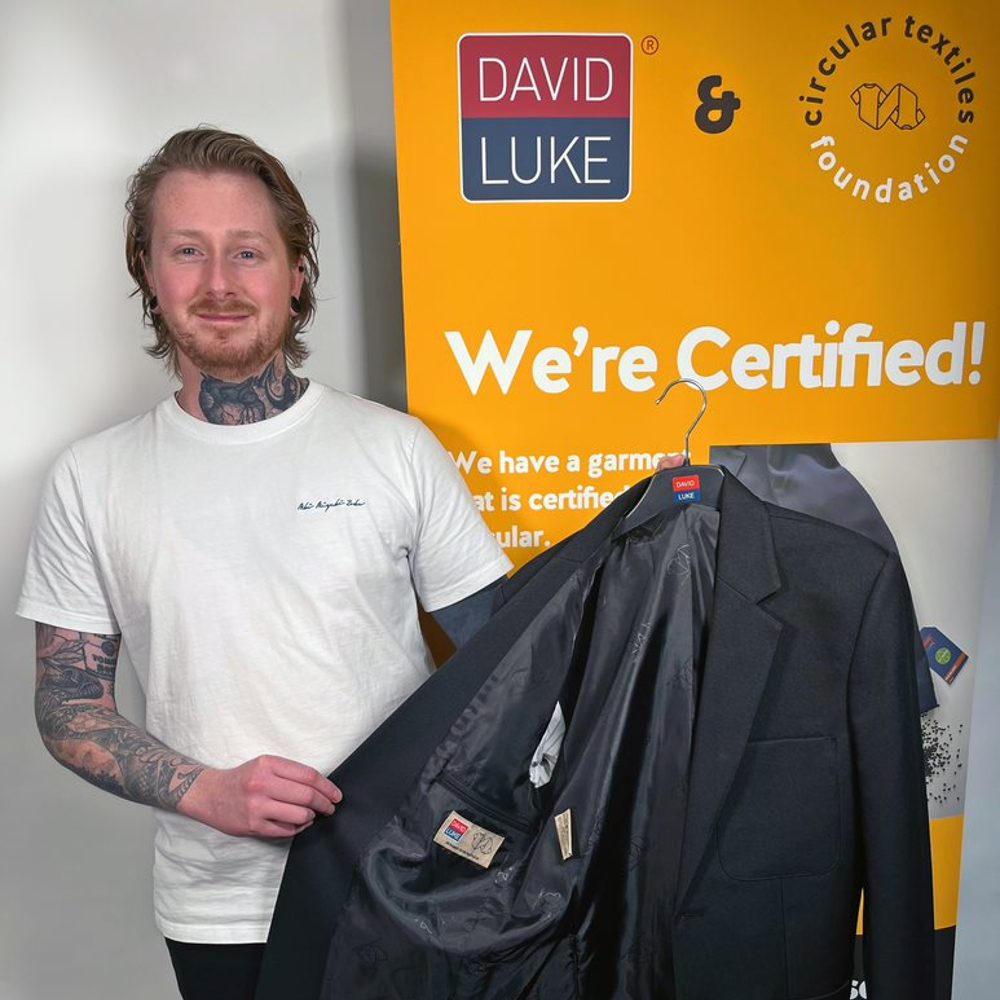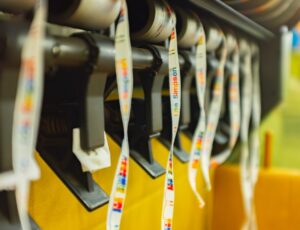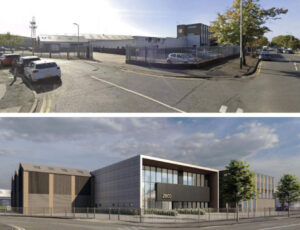
A group of independent schoolwear retailers recently joined David Luke and the Circular Textiles Foundation for a webinar to go ‘Beyond the Bottle’ and celebrate the forthcoming launch of the first recyclable school blazers and jackets. Here, David Luke shares further insight into designing for circularity.
Over the past decade, the schoolwear industry has made significant progress in sustainability, recognising the importance of reducing its environmental impact and promoting ethical practices. From incorporating more sustainable materials such as recycled polyester to implementing takeback schemes and pre-loved initiatives, the industry has taken meaningful steps towards creating a more responsible and sustainable future. But this is a journey that cannot afford to rest on its laurels by counting how many bottles we are saving from landfill.
Following the announcement that David Luke would be partnering with the Circular Textiles Foundation to design and manufacture the first fully recyclable school blazer and jacket, more information has been released detailing what retailers can expect from the new circular blazer and jacket when it launches in spring 2023.
Ryan Cooke, Product Manager at David Luke, has been overseeing the design for circularity process from the outset.
We caught up with him to find out what this entailed and asked him to explain why design plays such a fundamental role in the circularity journey. “Working in collaboration with the Circular Textiles Foundation (CTF), we have been reviewing the design and make-up of our iconic eco-blazer and eco-jacket to identify the steps we need to take to make it a circular garment,” explains Cooke. “In order to manufacture circular garments, we need to design clothes that are made to be remade whilst ensuring the price of the garment doesn’t change. Consultation from the CTF and Project Plan B has enabled us to transition our blazers and jackets into mono-fabric recyclable garments, compatible with thermo-mechanical recycling processes.”

Ryan Cooke
The process has been underway since September 2022 and the first fully recyclable, circular blazers and jackets are now in production and will cost the same as the existing eco-blazer and eco-jacket range. Designing for circularity will see David Luke’s bestselling eco-blazer and eco-jacket reimagined in five subtle but critical ways to ensure it is suitable for the recycling process when it reaches the end of its life, as Cooke goes on to explain. “The key areas of the school blazer and jacket that we needed to rethink or remove were the lining, swing ticket, brand label, zippers and pockets,” he says.
“The new circular blazer and jacket will appear unchanged at first glance, but the impact of these changes will enable the garment to be fully recyclable. “At the end of life, we feed the blazers and jackets into a thermo mechanical recycling machine, which converts the fabric into PET pellets. At this point PET pellets move into conventional manufacturing, supporting the circular principle of keeping raw materials at their highest possible value in the manufacturing chain.”
Recyclable vs recycled – what’s the difference?
Recyclable clothing refers to clothing made specifically to be recycled at the end of its life. This means a garment that produces no waste material because every component will re-enter the supply chain. Recycled clothing, on the other hand, refers to clothing that has been made from previously used materials. This can include clothing that has been repurposed or upcycled, as well as clothing made from recycled fibres such as recycled polyester.
So, the main difference between recyclable and recycled clothing is that recyclable clothing is designed to be broken down and used again, preventing the garments from ending up in landfill. Recycled clothing is made from materials that have already been used, and unless designed to be recycled again, will inevitably end up in landfill.
“Designing clothes for circularity is important because it addresses the environmental and social impacts of the fashion industry and provides a more sustainable model for fashion production and consumption,” concludes Cooke. “Our new circular blazer and jacket will start to filter into our supply chain this spring, and we cannot wait to share the finished garment with the industry.”
For further information on David Luke, please click here.













